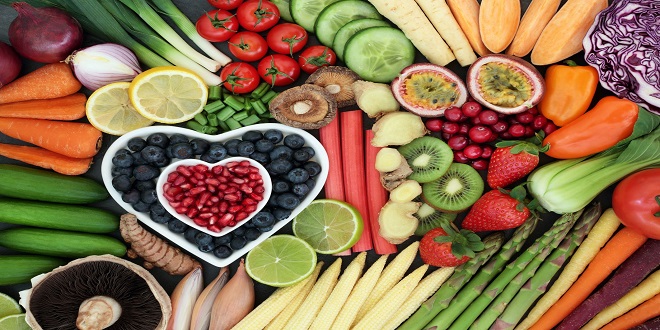
There are different ways to model drying processes, which is a necessary part for the development of innovative and energy efficient drying techniques. There are three different common approaches used for modeling the drying process.
The concept of characteristic drying rate curve, use of empirical models: which are system specific and cannot be generalized as these does not involve any physical basis, the most famous model under this category is the Page model.
The third approach is mechanistic models: which are based on the drying phenomenon as well as the physics involved and can be generalized, mainly involves coupled heat and mass diffusion equations. However, under mechanistic models, there are different mechanisms proposed and generally these models involve high mathematical complexity and determination of too many parameters.
It is necessary to have simple, accurate and robust mathematical model with minimum mathematical complexity to reduce the computational time. Chen, 1998 has proposed Reaction Engineering Approach to model the drying processes.
is the dry mass of the solids and ρv,s is the vapor concentration at the solid-gas interface is correction factor in apparent activation energy for drying due to the increasing difficulty of removing water, Ev is termed as activation energy for pure water evaporation.
The first term on the right hand side is a zero order drying reaction while the second term is the first order wetting process. Chen, 2008 elaborates that if there is no hysteresis observed then the equation describes both the drying and wetting process. However, if there is a hysteresis, then different values of ∆Ev and thus Kv may corresponds to adsorption and desorption processes. There are various suggestions to modify these basic equations of the reaction engineering approach and can be found elsewhere. The REA has been successfully used to model drying of various products
Advanced Drying Techniques for Foods
Although the conventional techniques used for food drying are well established, there is still need to develop new and innovative drying techniques (Kudra and Mujumdar, 2009; Mujumdar and Wu, 2008). Major reasons to trigger attempts for development of advanced drying techniques are: making the process cost effective, reducing the energy consumption, intensifying the drying rates (in turn reducing the size of the dryer required), improving the quality of dried food products, reducing the carbon foot print, increasing safety in operation and making the drying process easy to control.
There are few facts that need to be highlighted with respect to food products. The drying of fruits mainly falls in the falling rate period hence it becomes a diffusion control process. However, higher temperatures cannot be implemented to enhance diffusion which may lead to thermal deterioration of the product. Higher temperature can also lead to unacceptable quality changes such as case hardening, flavor loss, nutritional loss and color degradation. Presence of microorganisms in drying medium can also lead to unfavorable quality of dried product; hence it needs to be filtered before using for drying.
is the best way to dehydrate most of the food products; however, it is associated with tremendous cost and cannot be applied for low value fruits and vegetables. Loss of volatiles is another important issue in drying of high valued fruits, spices, etc and needs to be handled properly but in a cost effective manner.
There have been numerous efforts from all around the world to come up with new ideas to achieve aforementioned goals in an innovative way.
Table 1.8 summarizes some of the advanced drying techniques developed for food products with their advantages and limitations. Some of these techniques will be discussed in detail in the chapters to follow. However, all the advanced techniques will not be covered as the main aim of the book is to provide knowledge about food drying to the readers from developing and underdeveloped countries where applying some of these techniques may not be feasible.
Masstamilan is a popular website that offers Tamil songs for free downloads. It is a go-to platform for Tamil music lovers to find their favorite tracks easily.
Kudra and Mujumdar (2009) have discussed most of the new and advanced drying concepts, many of which are still at the laboratory and pilot scale.





